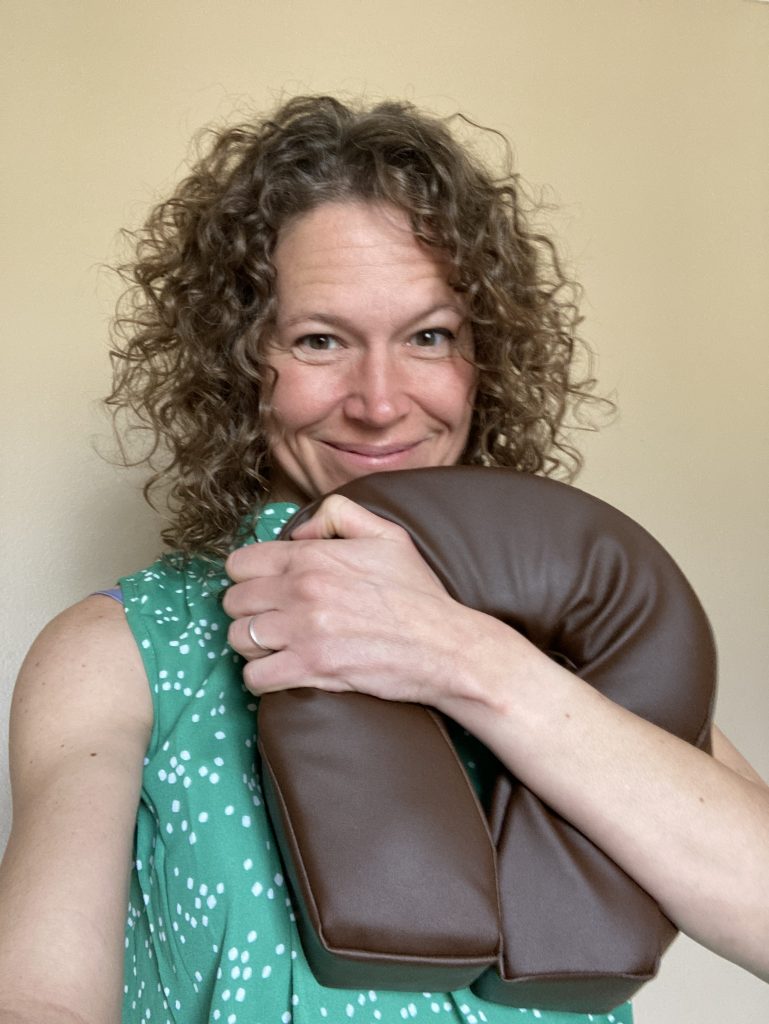Good morning! Perhaps you noticed that I didn’t send out a newsletter last week. The Sunday got away from me, honestly, as Sundays have a tendency to do. This Sunday, at 7:50AM, is already wriggling, slippery, and cunningly trying to bolt, so I’m going to try to catch it while I can.
I wanted to share with you a theme that’s been surfacing in the ether – that of the necessity of breaking from routine (um, maybe that’s why I skipped a week of newslettering last week…).
Having good routines and habits can be SO useful and beneficial. When we can just follow the same path every day, we don’t have to expend precious energy on redeciding every moment. We don’t have to decide to brush our teeth, we don’t have to decide which roads to take to work, we don’t have to stop and think, “what’s my password” when we unlock our phone. We just run the program and effortlessly and unconsciously do most of these things.
But, have you noticed how a whole day can go by, and you weren’t really there for it? Your teeth are brushed, but did you notice how fresh and clean your mouth felt? You arrived at work, but did you notice the magnolia tree on the corner that looks as if it popped right out of a Japanese woodblock print? You’ve unlocked your phone a bazillion times, but did you ever once notice the ridiculous cuteness of your puppy pic on the lock screen?
Habits and routines, while saving us energy, do so by putting us in a well-worn rut. And often times the secret to changing our pain experience lies in breaking out of that rut and TRYING SOMETHING DIFFERENT.
When we do something new, our brain wakes up and takes notice. It comes online and starts to recalculate the massive amounts of input constantly streaming it. Different inputs mean different outputs. And guess what – PAIN is a an output from your brain.
I listened to a really interesting podcast Mindful Strength: Why Strength Training Helps this week. Kathryn Bruni-Young and Nikki Naab-Levy are two cutting-edge fitness professionals who incorporate current biopsychosocial pain research into their fitness programming. In this podcast they talk about how important strength training is, especially for people who are super mobile and stretchy. They also talk about how important it is to break up the routine of strength training – the body is SUPER adaptable, so you need to constantly be throwing new stuff at it. From a strength-training perspective this can look like:
- Changing the tempo of your lifts.
- Pausing at the top or bottom of your lifts.
- Changing the number of reps and sets.
- Taking rest days when your body is like, “NOPE.”
- Changing the position in which you lift (e.g. instead of always doing pushups with your hands directly under shoulders, experiment with setting your hands super wide, or with one hand close to your shoulder and one hand really far away, or with your fingers pointing in different directions, etc.).
When you play and explore like this, not only are you sending some new and attention-grabbing stimulus to your ol’ brain pan, but you are building strength in a variety of positions – meaning that when you need to crouch down on all fours and reach waaaaay far under the dresser to grab your baby’s wubba, your shoulders and wrists will be like, “Hey. I gotchyou. We’ve trained for this.”
A side benefit of breaking the routine is that you start to notice your days, you start to have more fun, life gets more interesting. What could you do to nudge your way out of ruts that are no longer taking you where you want to go? An easy thing to play with is to try to brush your teeth with your non-dominant hand. Give it a go and watch your body be utterly confused about how to accomplish this simple task. And notice how HARD it is to resist the urge to go back to using your dominant hand. That urge to return to comfort is insanely strong and persuasive.
If you need help in figuring out how to add some novelty to your workouts, I really recommend the Mindful Strength Membership. It’s $35/month (CAD), and you get a really interesting and fun assortment of classes – yoga, restorative yoga, strength training, crawling, etc. The crawling classes are super fun and super challenging. The weird stuff is always more fun. J
Space to be Human Lab
- If you are in pain and are interested in exploring how some new inputs (organ massage, cranial mobilizations, movement, breath, cupping, etc.) could affect your output of pain come see me!
- Hours: Monday and Friday 2PM-5PM; Tuesday and Thursday 2PM-7PM. Occasional Saturdays from 8AM-12PM.
I hope you are having a bonkers good Sunday and can do just ONE small thing that could shift your experience today.
<3
Hlo
Newsletter signup
If you would like to sign up to get these posts sent to you directly, please click here.

